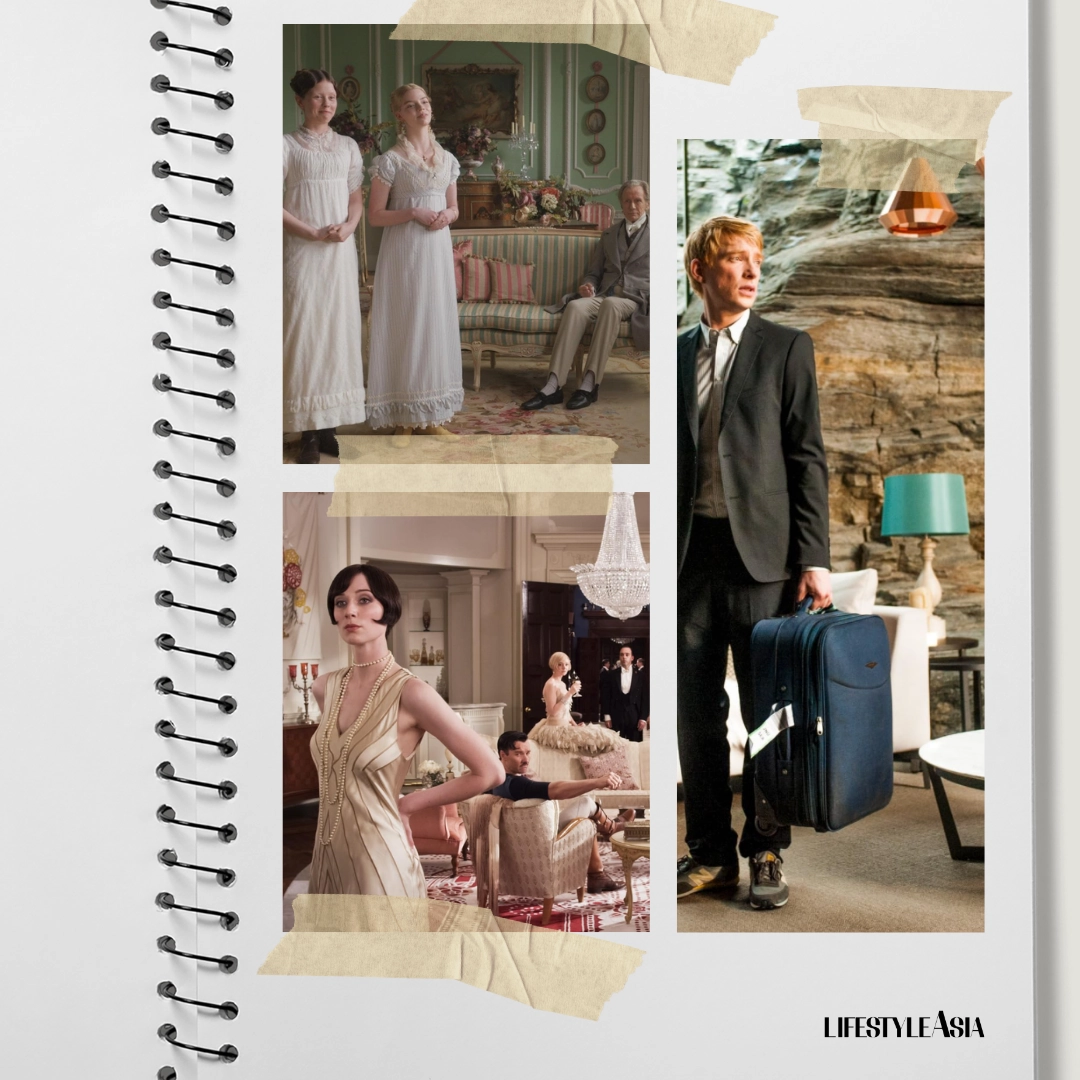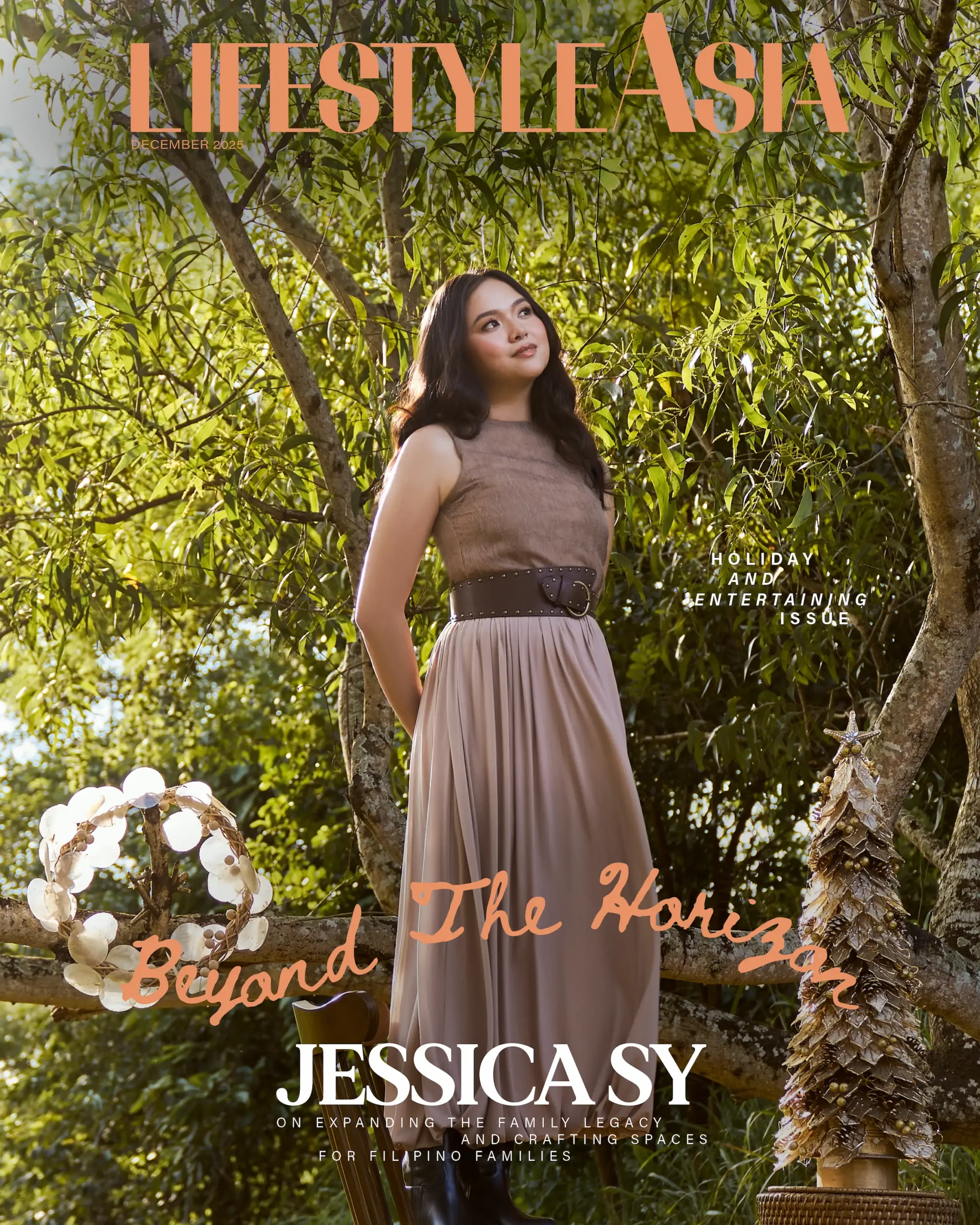We’d pack up everything at a moment’s notice if someone told us we could live in these silver screen spaces.
Spaces can say a lot about their inhabitants or about the people who move through them. In storytelling, especially in a medium as dynamic and visual as film, this power truly comes into its own. Whether boldly or subtly designed, spaces usually serve to immerse the viewer in a particular world and, more importantly, to evoke emotions central to the narrative or its characters. When gorgeously rendered, they become that place—the one you wish you could step into through the screen.
On a more casual level, beautiful film spaces usually become your next Pinterest “dream home” fixation. (Trust us, we’ve been there. Overly ambitious? We prefer to call it aspirational.) Here are six film spaces in particular that have us in a chokehold.
READ ALSO: Homes That Collect Stories: A Modern Home
The Perlman Family’s Italian Villa in Call Me By Your Name (2017)
Let’s start with the space that kickstarted this list. Lifestyle Asia recently published a piece on the lasting influence of Challengers, which got me thinking about Luca Guadagnino, which of course, got me thinking about the 2017 film that brought him wider recognition, Call Me By Your Name.
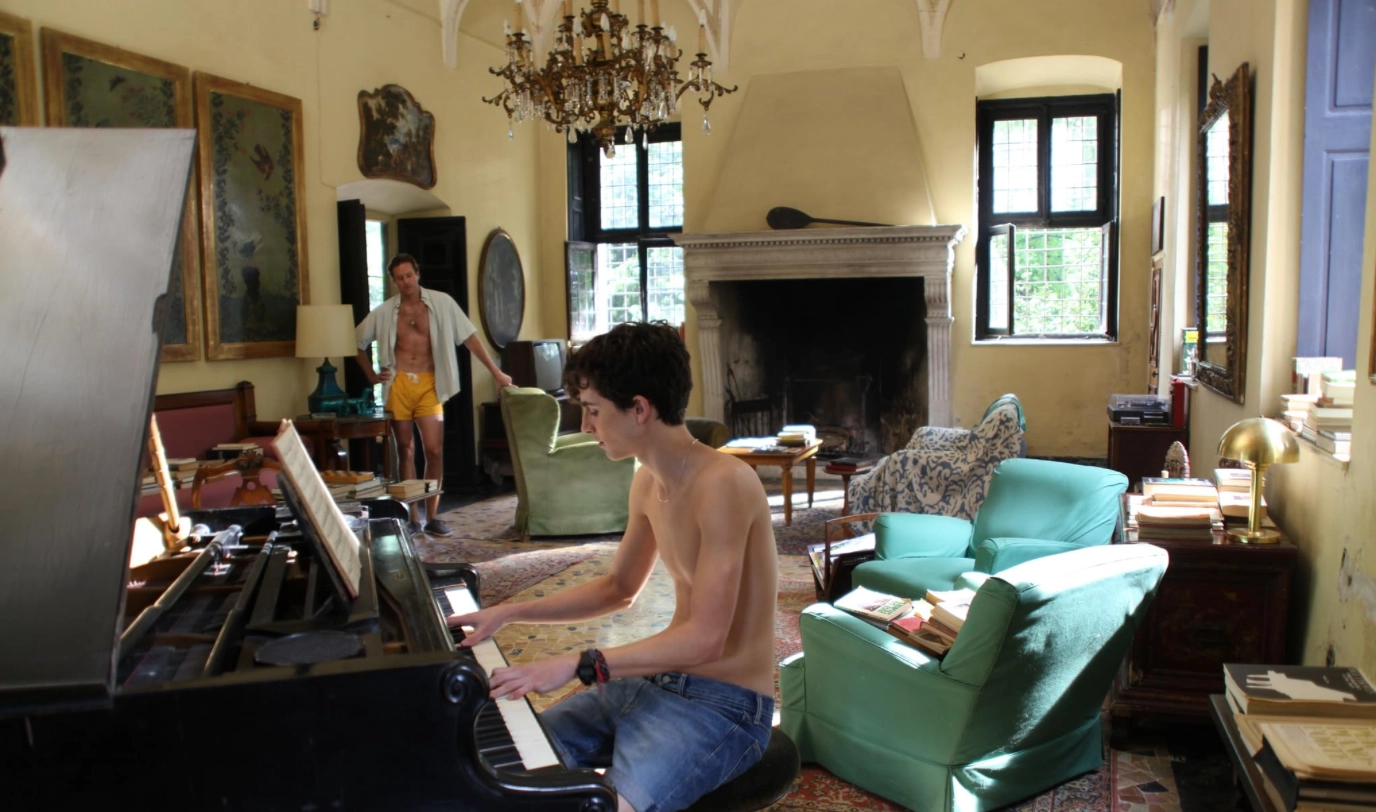
Oh, to be a statuesque young man (played by Timothée Chalamet) staring off into the distance and playing Bach in a cozy Italian villa owned by your intellectually-stimulating family. Jokes aside, the villa really is a sight to behold: not necessarily flashy, but the slightly rustic, aged look gives it a sense of authenticity and elevates its more opulent, quintessentially Italian decor. The home is tinged with a golden-hued sense of nostalgia that’s equal parts somber and warm: it’s just the kind of place where you’d want a life-changing heartbreak to occur (hey, it happens to everyone, might as well make sure the setting is nice).
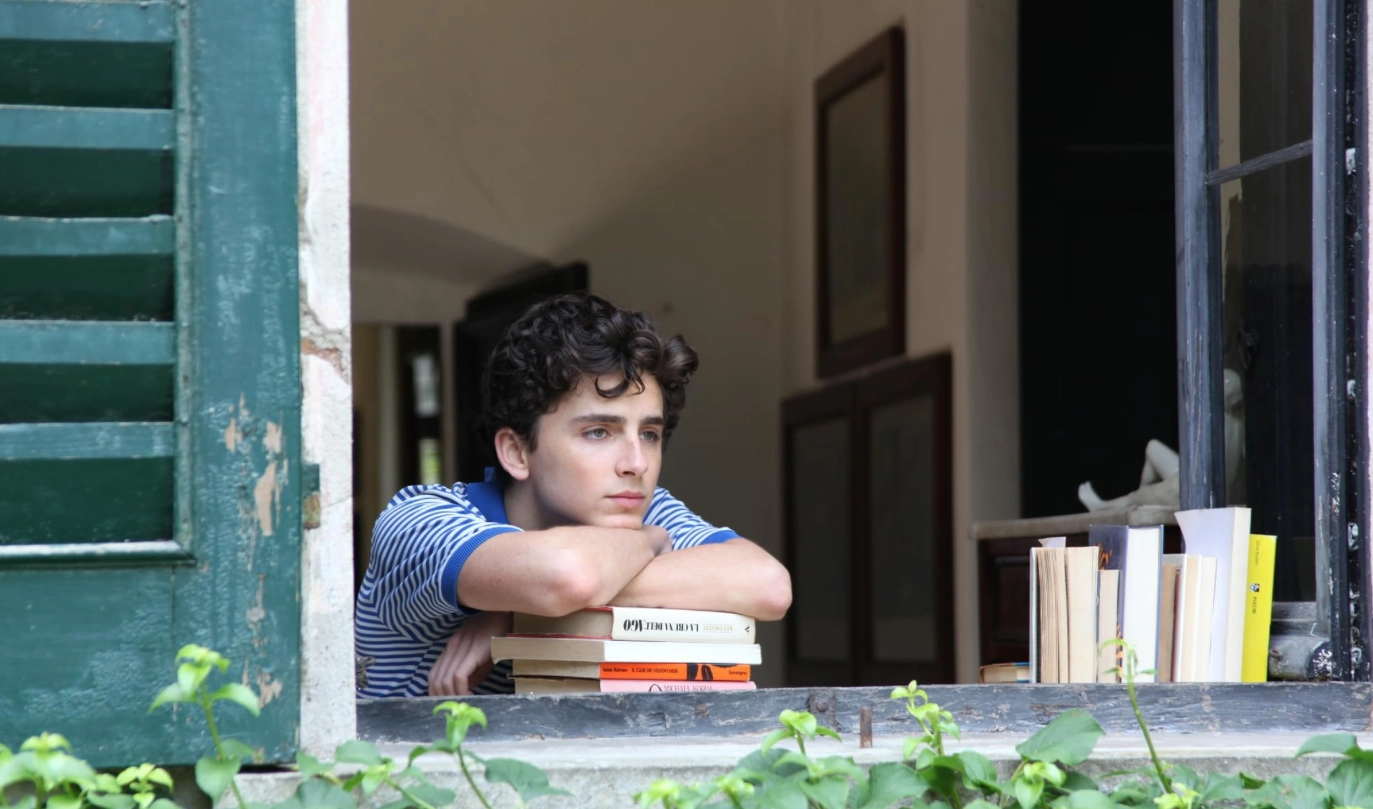
The abode in question, Villa Albergoni, is an actual 17th century structure located in Lombardy, Italy. Call Me By Your Name set designer, Violante Visconti di Modrone, deserves plenty of credit for transforming it into the space we know and love, since the villa was mostly empty prior to filming.
“One of the biggest challenges was transforming the austerity of the house into something warm and cosy and full of life,” she explains in an interview with The Spaces. “I had to work out how we were going to do this in such a short space of time—we only had three weeks from sourcing the props to finishing the decoration.” Well, the effort certainly paid off: we’d live there in a heartbeat (and ignore the huge maintenance costs).
Emma Woodhouse’s Home in Emma (2020)
Like Call Me By Your Name, Autumn de Wilde’s 2020 adaptation of Jane Austen’s Emma turned a real location (or in this case, several locations across England) into a set of unforgettable, eye-candy spaces. They still have that traditional, period drama charm to them, but pleasing color combinations and artful compositions breathe new life into each frame, giving them a contemporary feel as well. These interiors look youthful without being too forceful, which is a tricky balance to achieve.
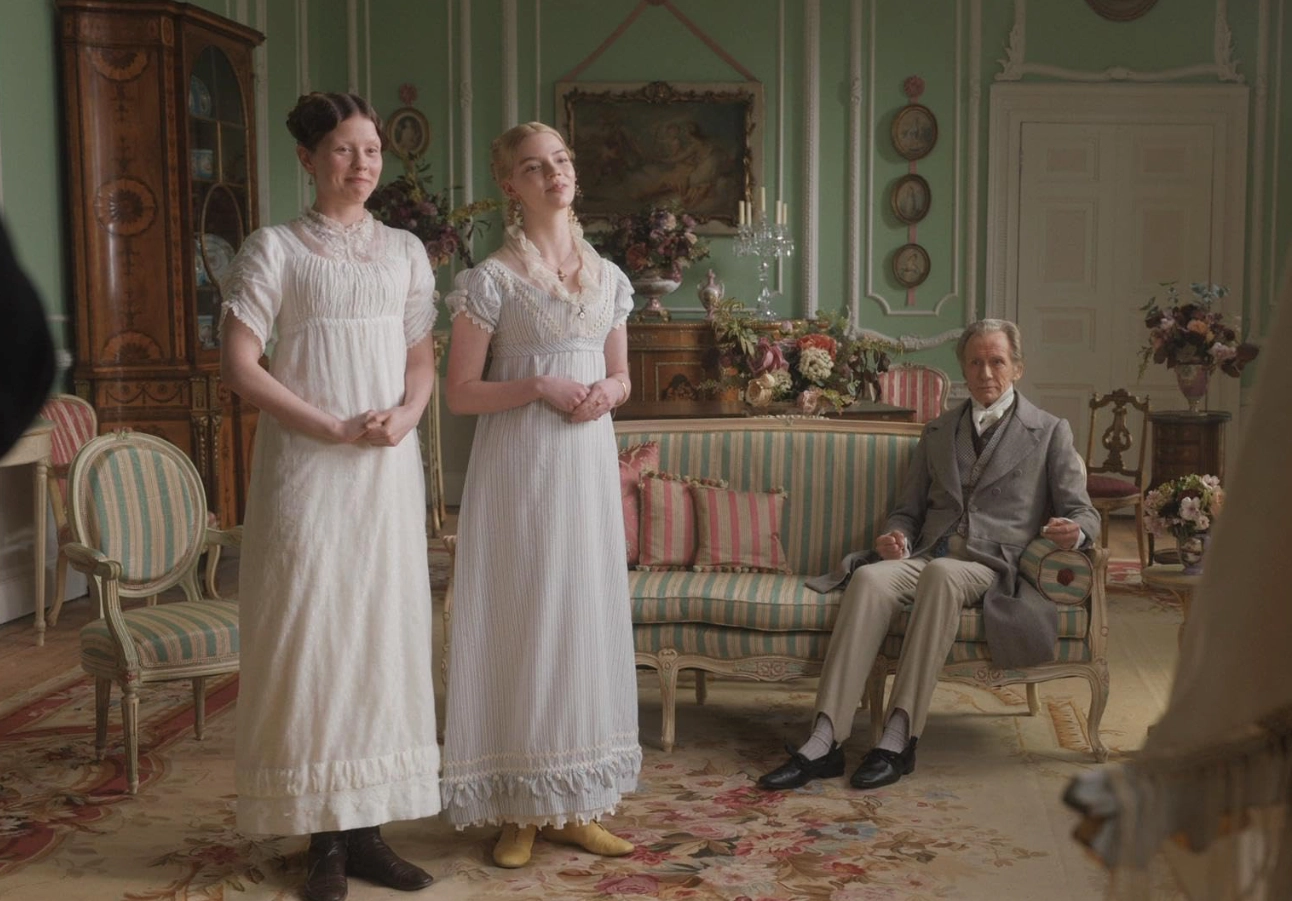
“I think people often look back at the period and think things were very muted and faded, but that’s just because the costumes from that period are faded now in contemporary times,” set decorator Stella Fox tells Architectural Digest. “If you look at the ceramics, for example, that survived from the Georgian period, they have very heightened, punchy colors. That was something that Autumn was very keen to show.”
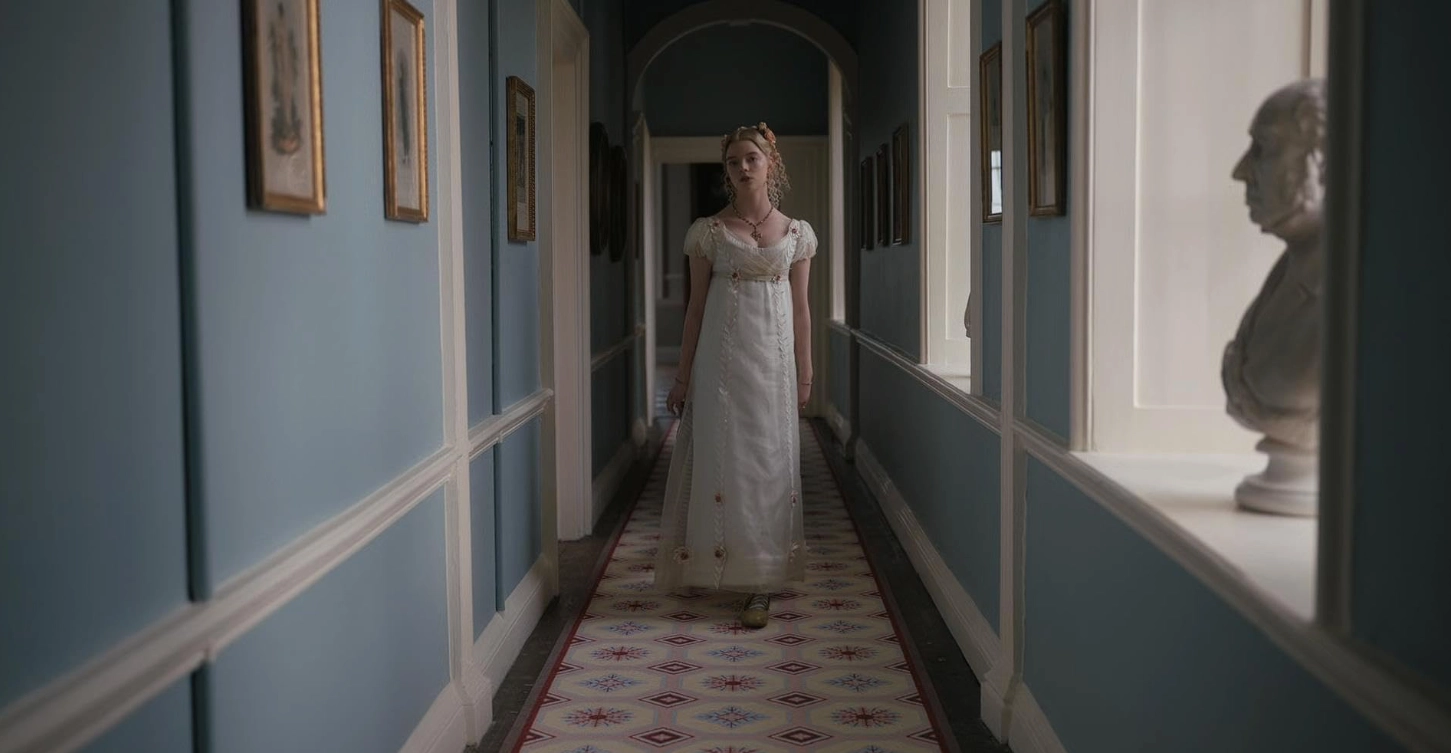
Take the home of the film’s plucky protagonist Emma Woodhouse, which was mainly set in Firle Place, an estate in East Sussex. The film’s set design crew did a few modifications to areas in the home, including the addition of bolder colors to make more classical elements stand out, which worked to create a unique sense of place and a “dollhouse” feel (because the world is, after all, Emma’s playground). Creams, golds, pinks, and blues abound, creating a space that feels both spirited and refined: a lot like the titular heroine herself. It’s the place to host an afternoon tea party with cakes as colorful as those on a tiered stand.
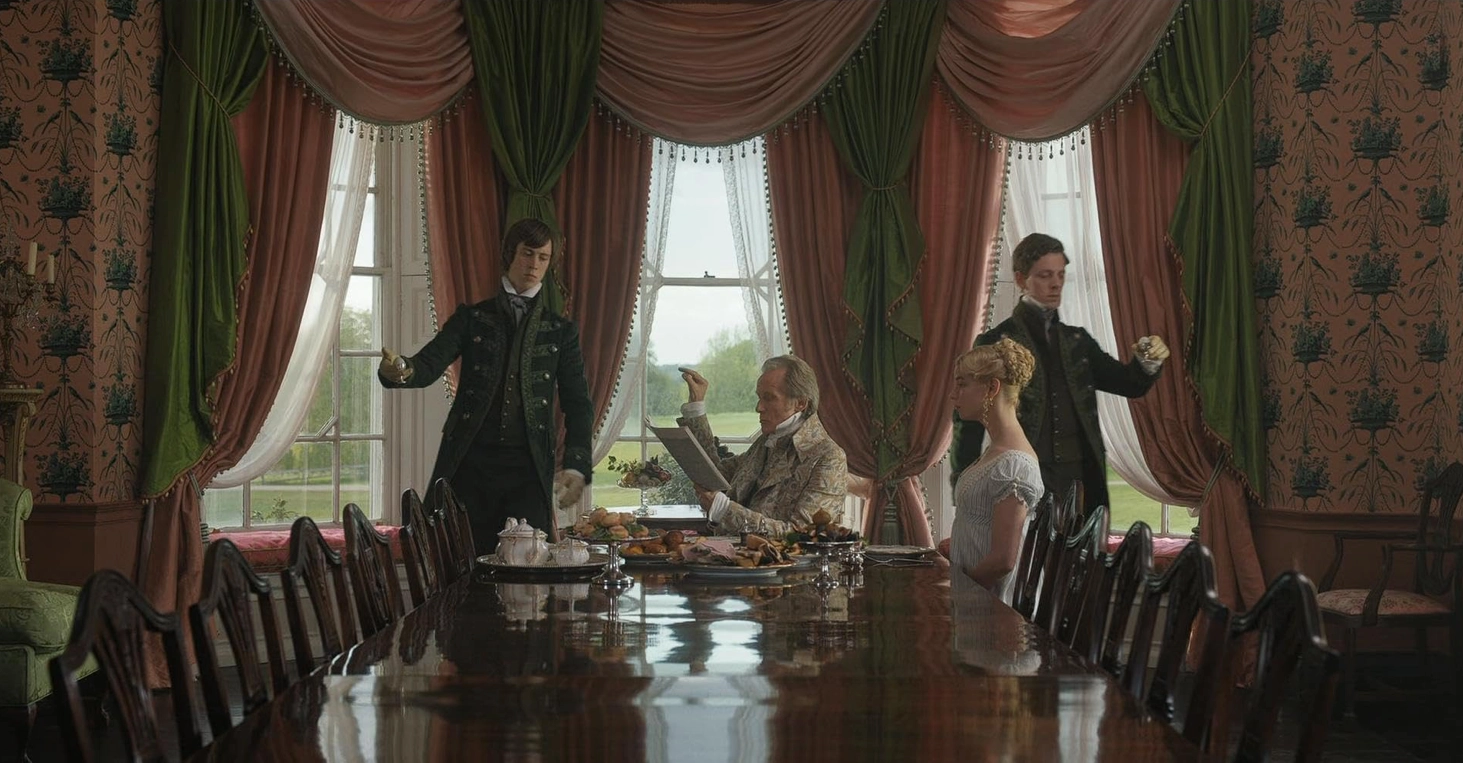
Jay Gatsby’s Mansion in The Great Gatsby (2013)
Okay predictable, and we know you were expecting this one to crop up at some point—but it would be a disservice not to include the marvelous set design work on Baz Luhrmann’s adaptation of The Great Gatsby. Luhrmann has always favored a distinct maximalist style, and it works more often than not—yet this homage to F. Scott Fitzgerald’s classic is a particularly apt canvas for the filmmaker’s creative signature to shine, given the opulent life of its main character Jay Gatsby (Leonardo DiCaprio in another career-defining role) and the rich design history of its Jazz Age setting.
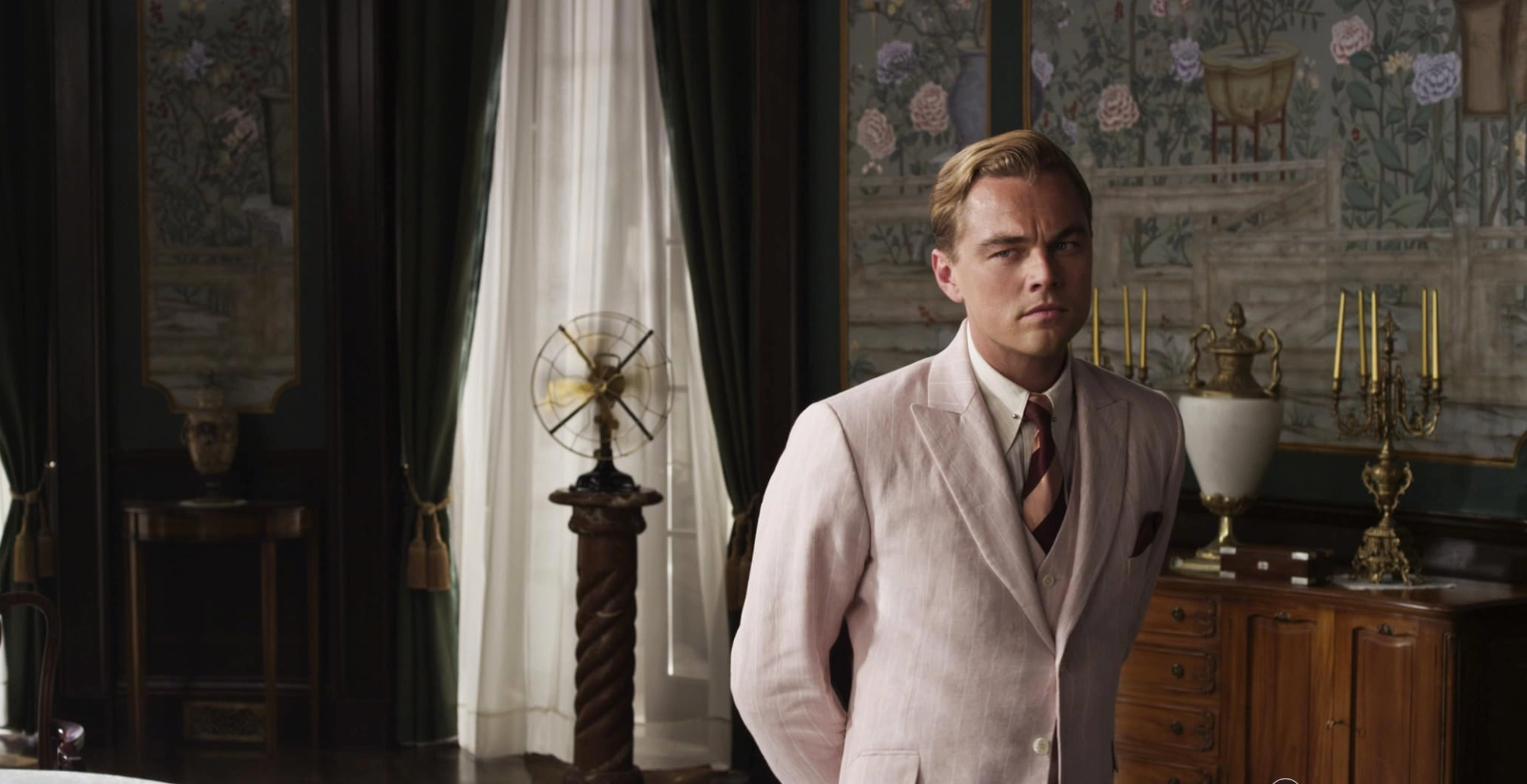
Gatsby’s mansion is everything you envisioned it might be when reading the novel: ostentatiously tasteful, and brimming with Art Deco glamor. It’s filled with wood accents, sleek geometric patterns, tassels, crystal chandeliers, and carpets galore, all arranged to perfectly fit the movie’s emotional and narrative beats thanks to set designer Catherine Martin—who also happens to be Luhrmann’s wife (the talented duo also worked together on Moulin Rouge!).
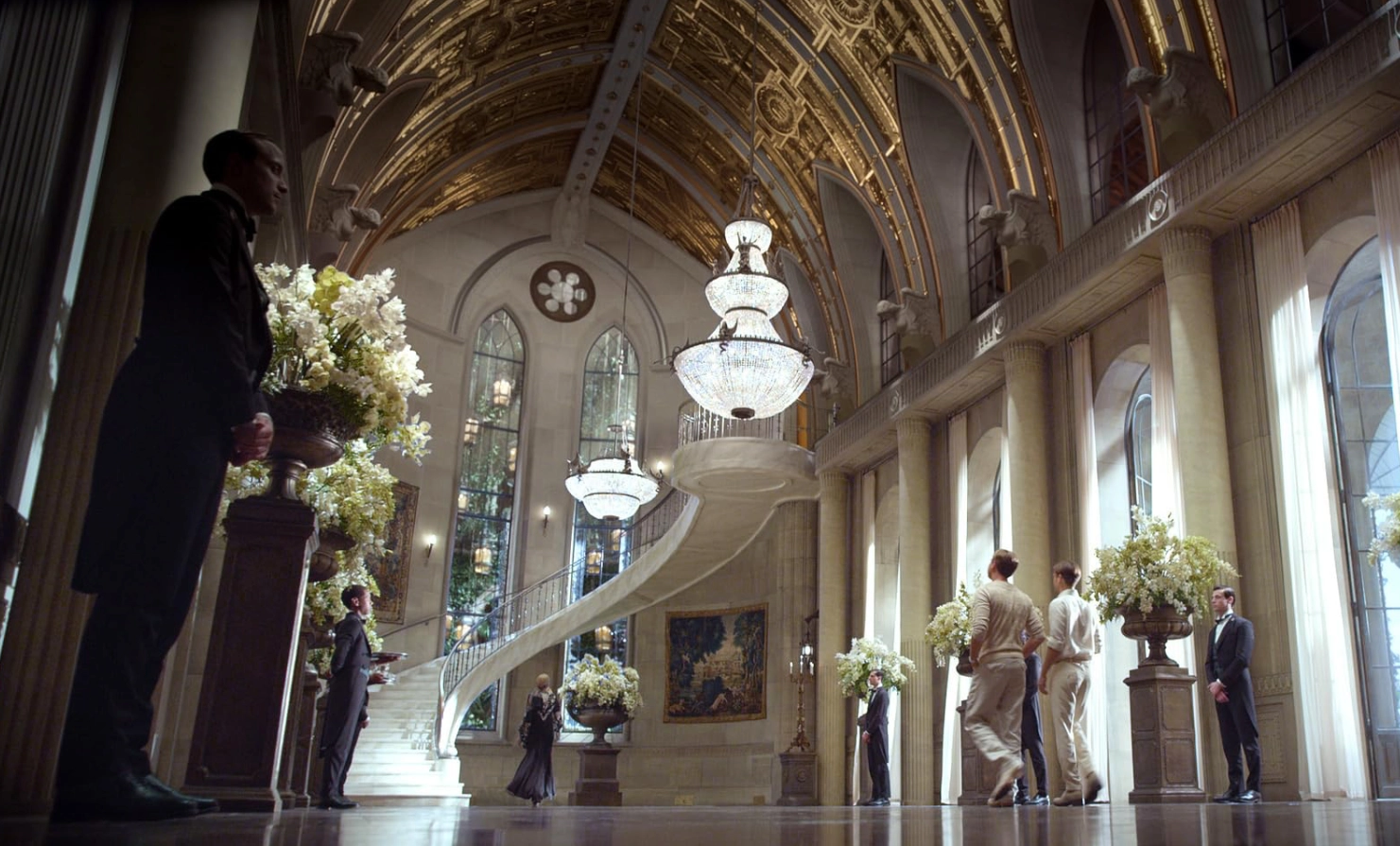
Every part of the home is essential to Gatsby’s lifestyle and character. Designs stay true to the interiors of actual turn-of-the-century Long Island mansions: this includes the vast ballroom where all the fun happens. Ironically, most of the movie wasn’t even shot in New York (filming took place in Luhrmann’s native Australia)—though audiences can’t tell, which is testament to just how well Martin managed to capture the environment of Roaring 20s America. With a crib like that, we get why Gatsby was hosting parties left and right.
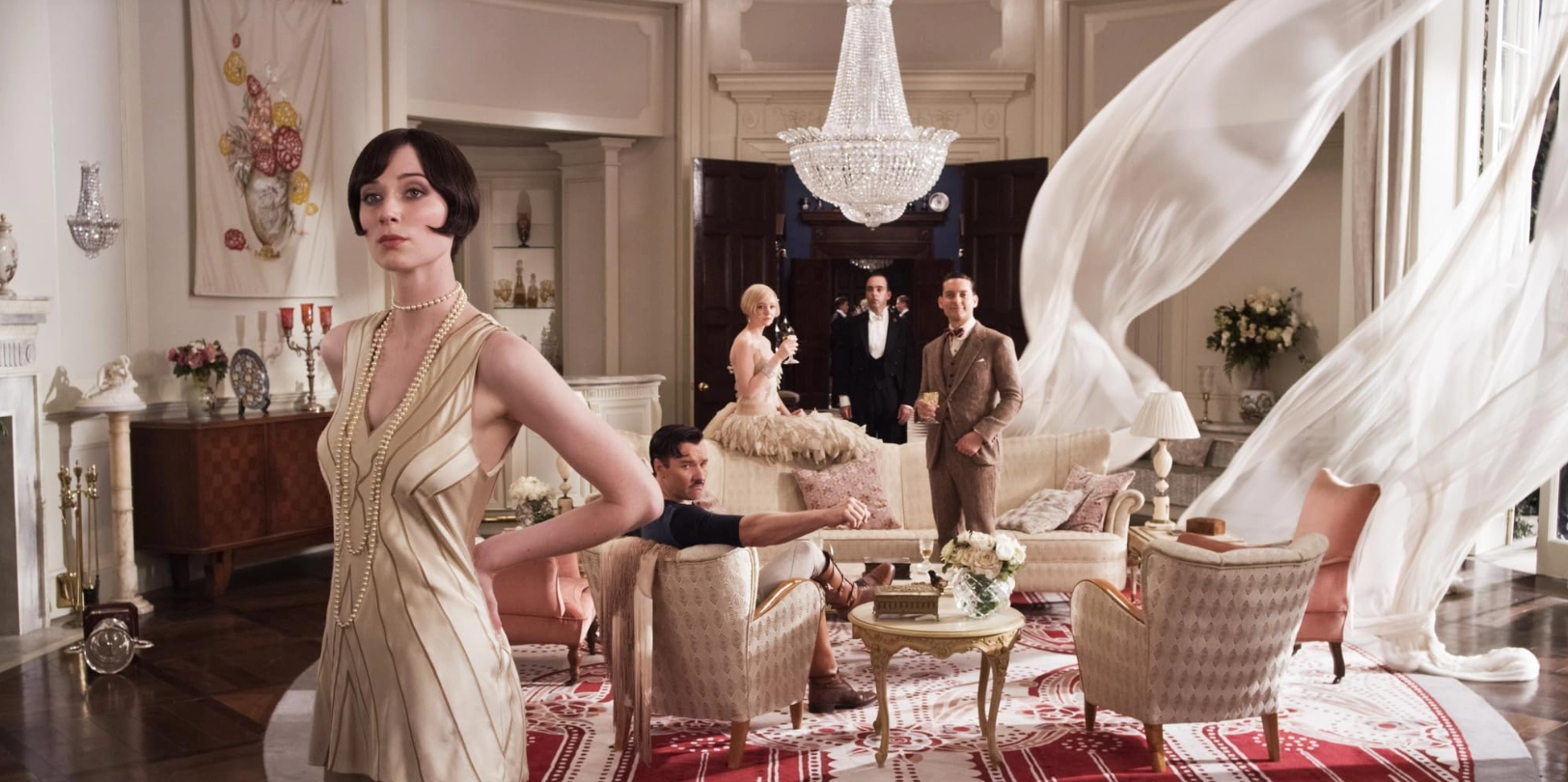
George Falconer’s Mid-Century Modern Home in A Single Man (2009)
Tom Ford’s A Single Man is a must-watch for many reasons. It’s a poignant, emotionally complex piece about the listlessness and contemplation that comes with heavy loss. That, and it stars Colin Firth, which should be reason enough. Yet Ford’s directorial debut is more than a compelling story about queer love (and grief): it’s also a visual stunner. If we’re going into specifics, we’re referring to the home of Firth’s character, British university professor George Falconer.
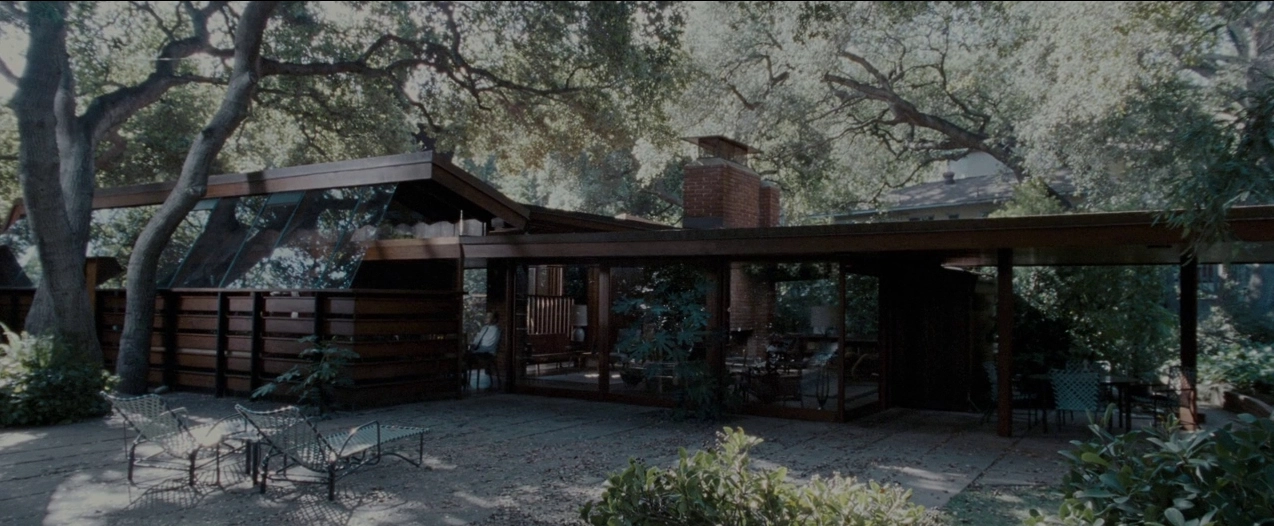
The J.W. Schaffer house, a mid-century residence in Glendale, California, served as the film’s domestic backdrop. The abode was designed by legendary American architect John Lautner, and really, that’s all the explanation you need on why it looks so good. It’s classic, sophisticated, and absolutely memorable, providing the perfect atmosphere for a story that takes place in the early 1960s.

Interestingly enough, quite a few of the house’s actual rooms weren’t used for their original purposes—Ford and his team had to re-configure certain areas to have them function as they saw fit, according to the film’s art director Ian Philipps in an interview with Interiors. For instance, the original bathrooms in the house were small, so a new one was re-created in one of the bedrooms for a more spacious look. Likewise, George’s office was originally the home’s TV room. Well, whatever these spaces were initially, one thing’s for certain: Lautner’s creation is “dream home” material through and through.
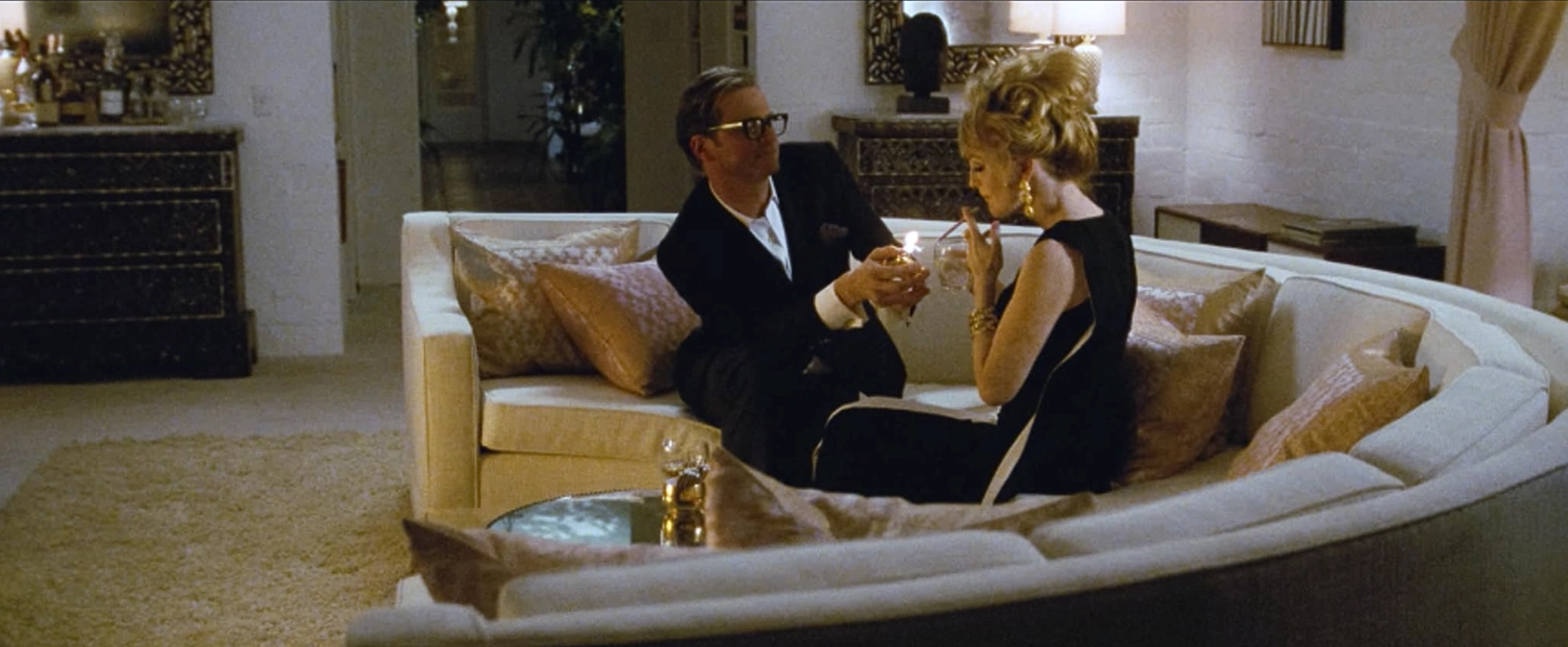
Nathan Bateman’s Mansion in Ex Machina (2014)
Okay, hear us out. When we say the futuristic mansion of Ex Machina antagonist Nathan Bateman (played by Oscar Isaac) would be a cool place to live in, we’re not including the big tech CEO’s androids in the closet (if you know, you know). But come on, don’t tell us you never thought the same while watching the film—at the very least, you’re struck with a sense of awe at just how incredible the home’s design is. It’s over the top, but that’s part of the storytelling: most of the movie takes place within its walls, lending a sense of isolation and creating an uncanny world within its premises.
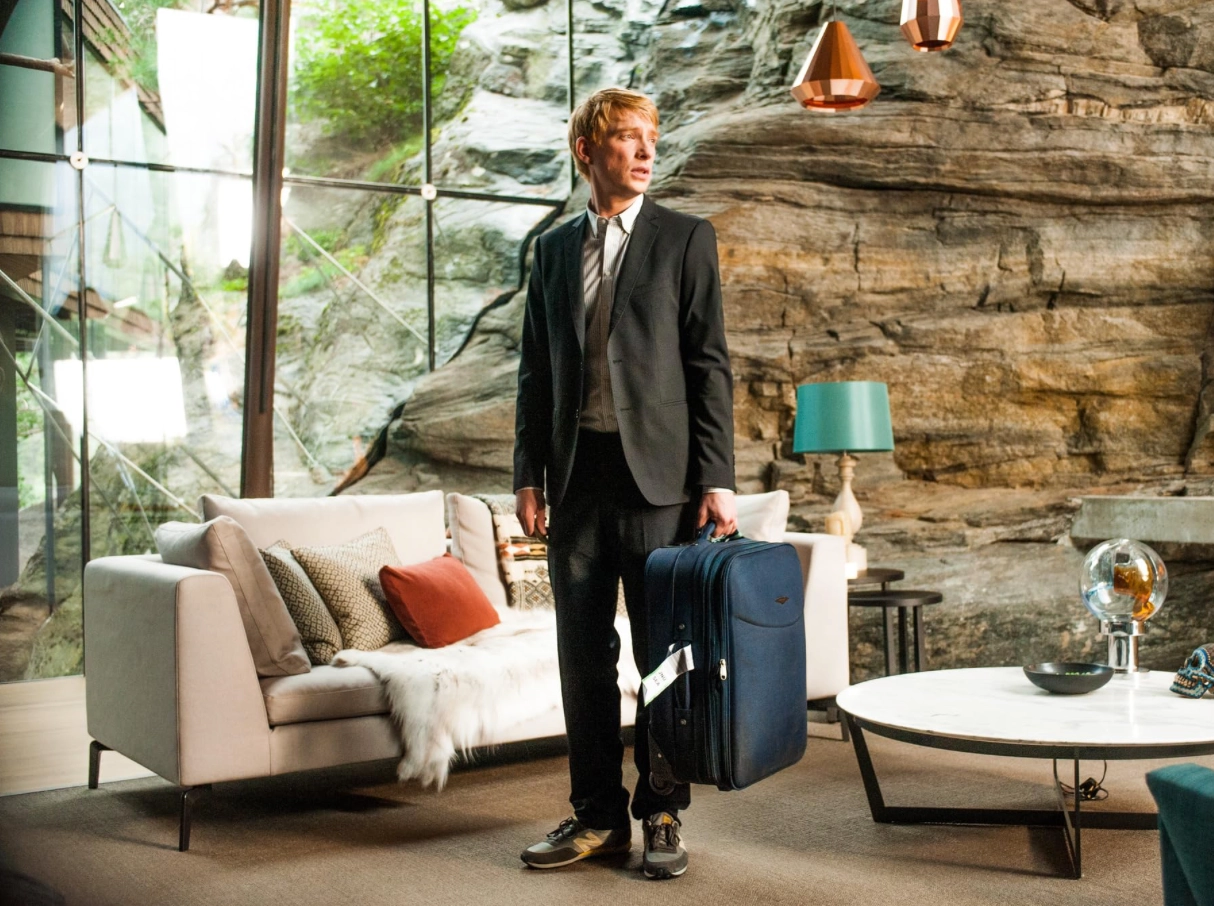
The mansion is huge—but that’s because it’s not an actual home, at least not completely. As Ex Machina production designer Mark Digby reveals in an interview with Vanity Fair, the film was shot in two primary locations with modernist sensibilities: a private residence in the mountains of northern Norway, and 30 minutes away from that, the Juvet Landscape Hotel.
These spots provided the sleek, vast interiors we see in the film—including the panoramic window views of verdant trees. Meanwhile, the subterranean areas of the home were recreated on soundstages in England.
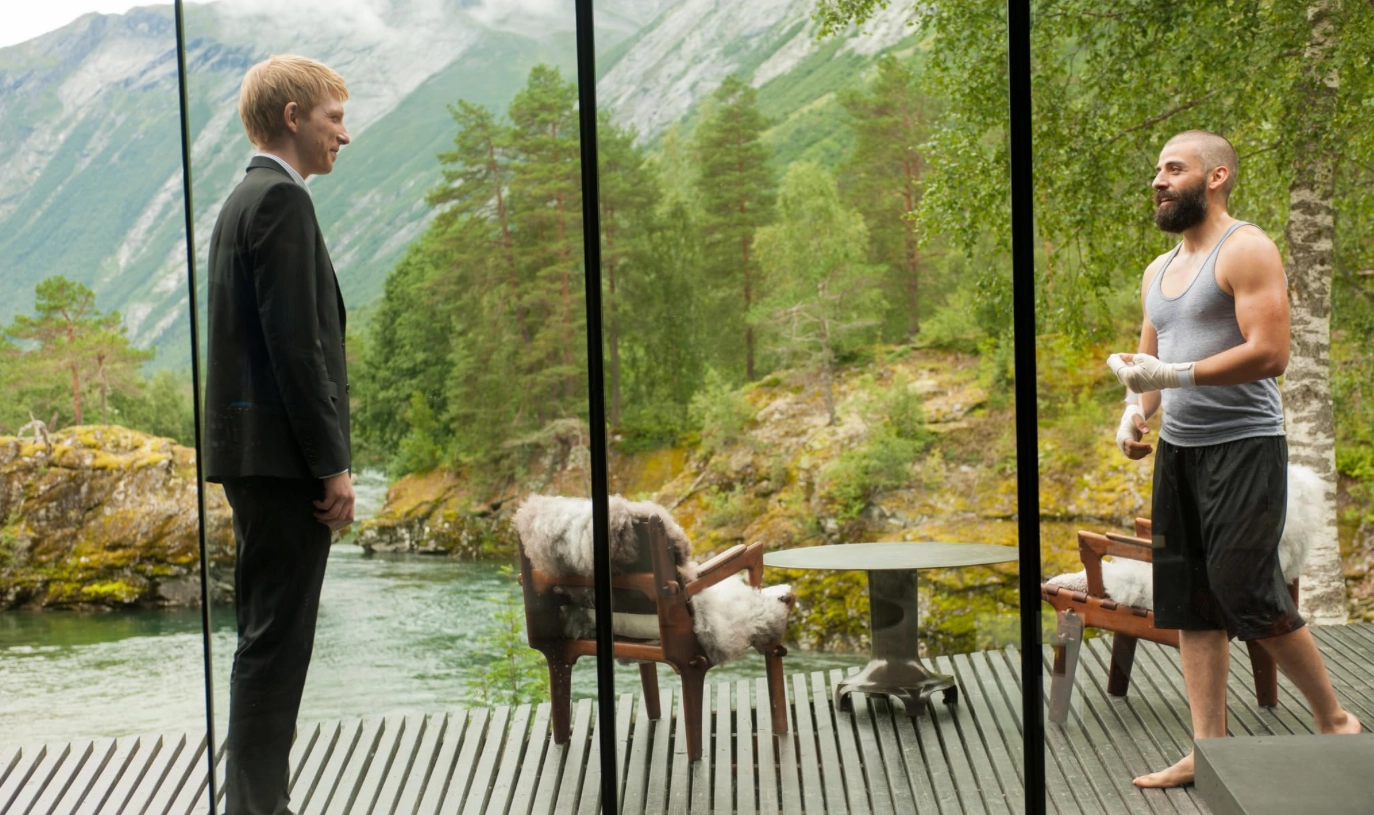
“He is so rich he doesn’t need to be ostentatious with it,” Digby shares in the Vanity Fair piece. “We felt someone as powerful, as rich as this, and as intellectually competent as him, would have a good sense of design.” As much as we disagree with his ethics, we have to admit, the guy’s got taste.
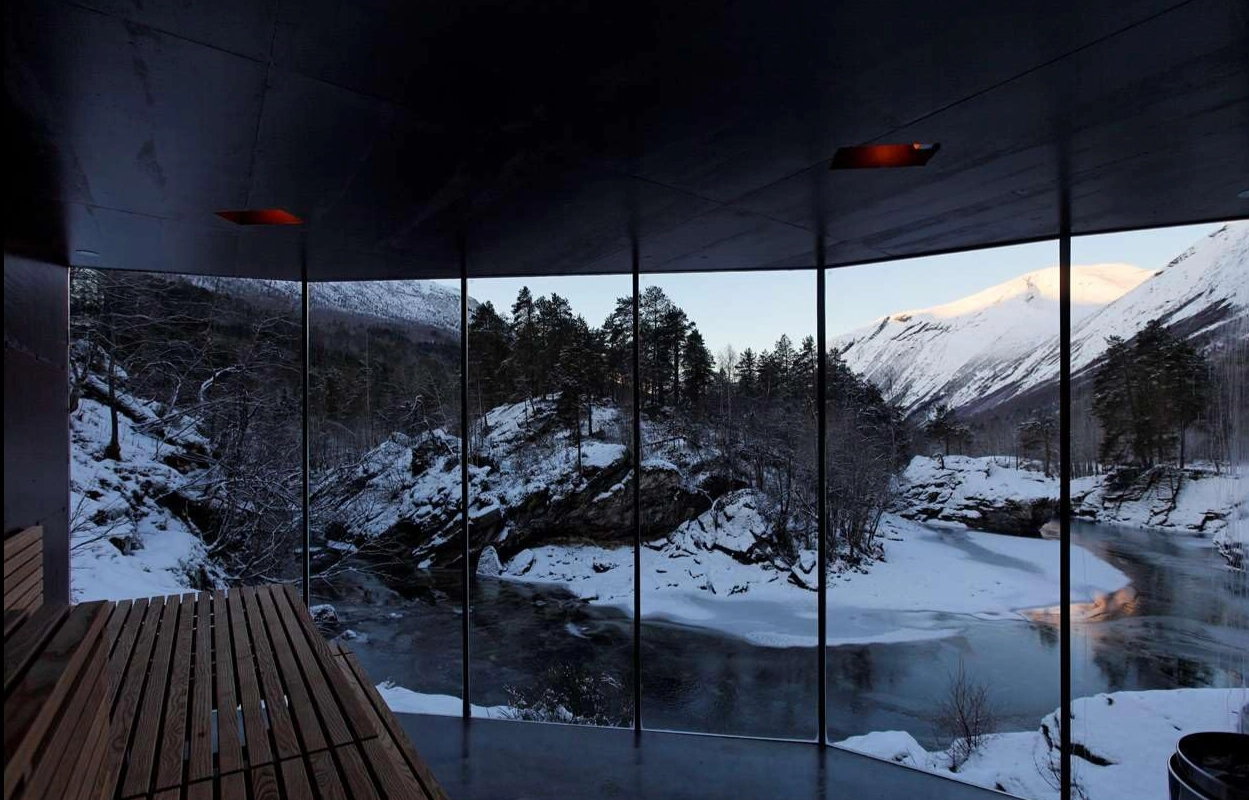
Lydia Tár’s Brutalist Penthouse Apartment in Tár (2022)
Not as extravagant as the other places in this list, but we still think about the brutalist apartment of megalomaniac conductor Lydia Tár (played to perfection by Cate Blanchette) in Todd Field’s masterpiece Tár. Sure, it’s not the happiest domestic space in the world—especially when the film’s atmosphere is consistently plagued with the heaviness of impending retribution—but it’s definitely stylish, well-executed, and captivatingly austere.
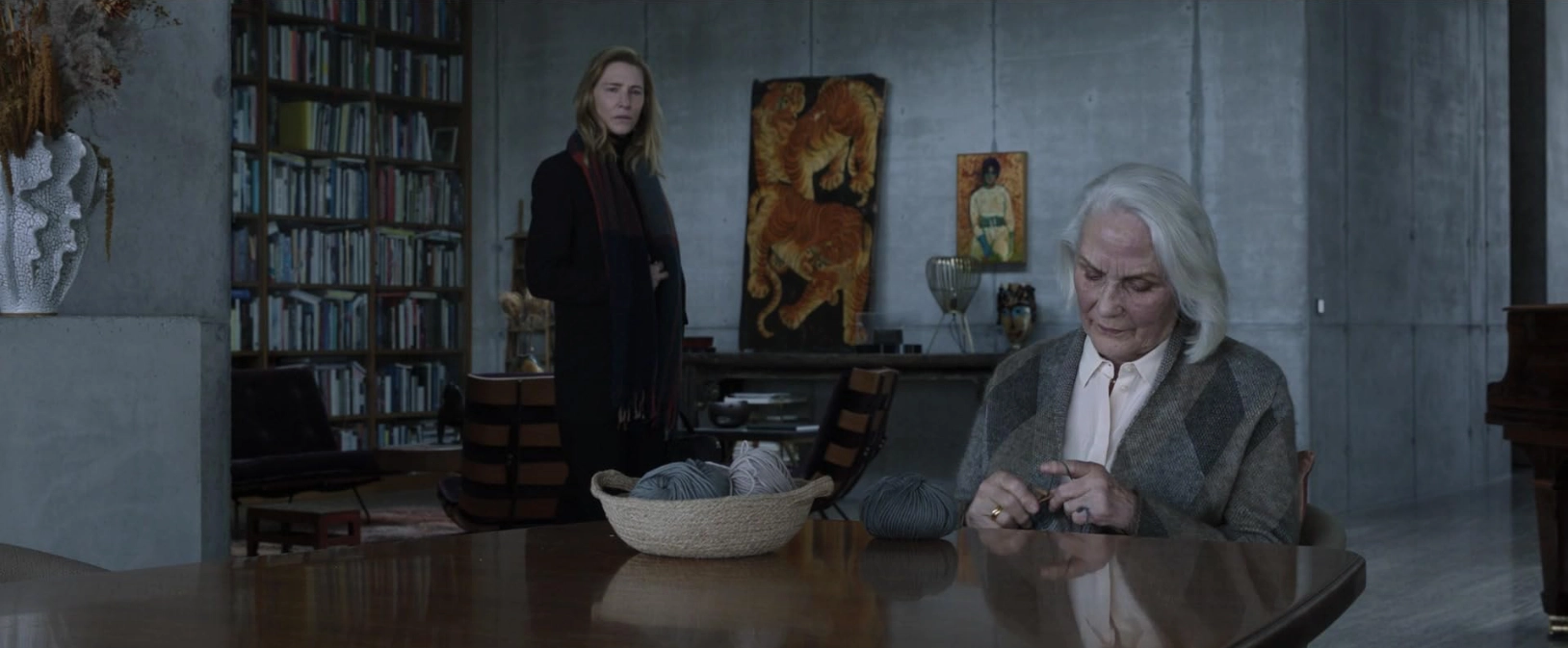
“The furnishing and the spaces were chosen to create an authentic texture that was in some cases—such as her home apartment—of monumental scale but never loud and attention-seeking,” shares production designer Marco Bittner Rosser in an interview with Wallpaper*.
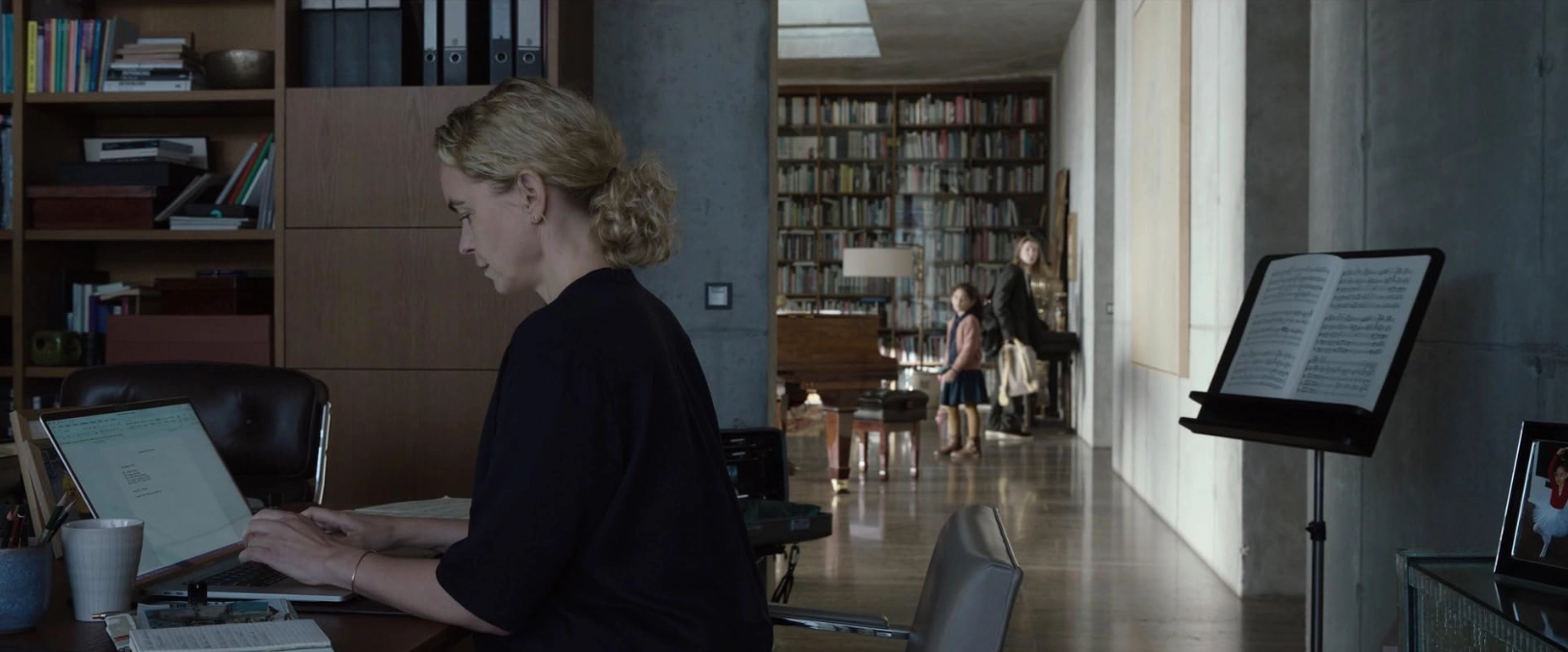
The concrete penthouse is devoid of warmth, even when Lydia shares it with her partner and child. Art pieces and mid-century Danish furniture adorn the space with purpose. Like the conductor, it’s sharp, calculating, and impeccably put together, oozing charisma and culture—we don’t have to be a power-tripping music genius to understand that.
